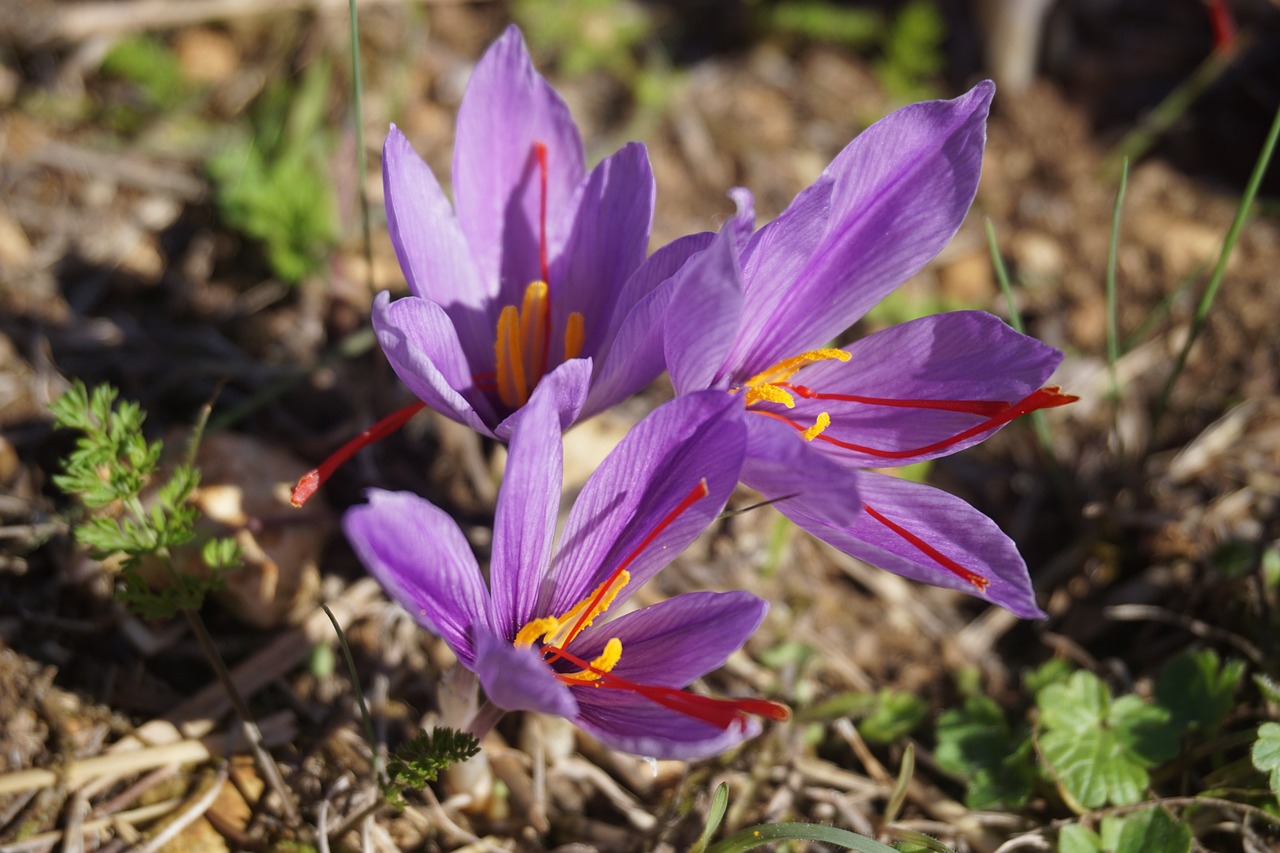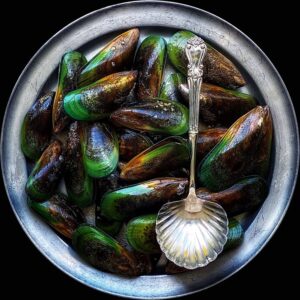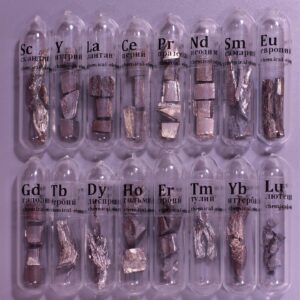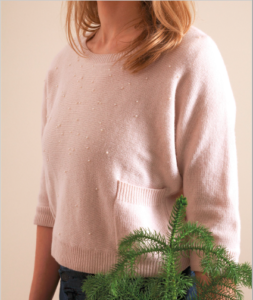 Pin
Pin Image by zh y from Pixabay
When you think of goldfish, you probably picture that tiny orange fish swimming in a glass bowl from your childhood. Cute, right? But ever wonder why you only see goldfish in tanks or backyard ponds and never in a river, lake, or just cruising through the wild? It’s not a coincidence. Goldfish are one of the most common pets around the world, yet they’re strangely absent from natural bodies of water.
This isn’t just about where they live—it’s about what they are. Goldfish aren’t like other fish. They’ve been shaped, bred, and babied by humans for over a thousand years. They’ve become so domesticated that tossing one into a lake would be like sending a house cat into the jungle. It might survive… but probably not.
This article dives deep (pun intended) into why gold fish is just a pet, how they’ve evolved with us, what makes them so different from wild fish, and why you should probably never release one into open water. Buckle up—there’s more to these little swimmers than meets the eye.
Table of Contents
The Origin of Goldfish and How They Became Pets
Goldfish didn’t come out of nowhere. They’re actually the result of centuries of human breeding. Originally, they were a type of wild carp found in East Asia—dull-colored, plain, and nothing like the bright orange creatures you see today. Ancient Chinese fishkeepers started selectively breeding these carp over a thousand years ago, picking out the ones with golden or reddish hues. Over time, this led to the ornamental goldfish we know now.
This history explains a lot about why gold fish is just a pet and not a wild animal. They didn’t evolve in the wild like most other fish. Humans shaped them to be beautiful, calm, and manageable. That’s also why they don’t have the skills or instincts to survive outside a tank or pond. They’ve never needed to hunt or hide from predators. Their entire existence has been tied to humans. It’s kind of like how dogs came from wolves—except goldfish lost their wild edge completely.
Why Goldfish Can’t Survive in the Wild
Goldfish might look like they could live in any pond or lake, but they’re actually pretty bad at surviving in nature. One of the main reasons is that they’ve been bred for beauty, not for survival. Bright orange colors might be cute in a tank, but they’re like flashing neon signs for predators in the wild. Unlike wild fish that have camouflage and survival instincts, goldfish have none of that.
They also aren’t great at competing for food. In the wild, fish need to search, compete, and even fight for resources. But goldfish are slow, not aggressive, and kind of clueless when it comes to finding food in an unfamiliar environment. On top of that, their long fins—especially in fancy types—make them terrible swimmers.
Another issue? Temperature. Most wild waters change with the seasons, but goldfish are used to stable tank or pond conditions. If the water gets too cold or too hot, they can go into shock. All this shows exactly why gold fish is just a pet—not a wild survivor.
The Problem with Releasing Goldfish into Nature
Some people think they’re doing goldfish a favor by setting them free into a lake or stream, but that’s actually one of the worst things you can do. Even though goldfish usually can’t survive well in the wild, some do manage to adapt. When they do, they don’t stay small and cute—they grow massive. In open water with unlimited space and food, goldfish can reach sizes you’d never expect from a pet store tank.
Here’s where things get messy: those giant goldfish can wreck ecosystems. They dig into the bottom of lakes and stir up sediment, making the water murky and messing with plant life. They eat a lot, breed quickly, and outcompete native species for food and space. Goldfish can also spread diseases to wild fish that haven’t developed immunity.
That’s why in many places, it’s actually illegal to release pet goldfish into the wild. It’s not just about the goldfish’s safety—it’s about protecting entire aquatic ecosystems. This is a big reason why gold fish is just a pet and should stay that way.
Why Goldfish Thrive in Tanks and Ponds
Goldfish may not belong in wild rivers or lakes, but they’re perfectly suited for tanks and backyard ponds. These controlled environments match exactly what goldfish need: clean, oxygen-rich water, consistent temperature, regular feeding, and no predators. When kept in the right conditions, goldfish can live for over a decade—and some even hit 20 years or more. That’s way longer than most people expect.
Tanks and ponds also let goldfish owners monitor health and behavior. You can easily spot if your goldfish is stressed, sick, or needs a change in water quality. That kind of attention just isn’t possible in nature. Plus, being in a calm, confined space helps goldfish stay relaxed. In the wild, they’d be constantly on edge or hiding—if they survived at all.
Also, goldfish love interaction. They recognize their owners and often swim up to the glass during feeding time. It’s small stuff, but it shows that goldfish are built for human environments. This balance between care and safety is why gold fish is just a pet—not a wild animal trying to make it on its own.
Where to Find the Best Goldfish Stores in the World
If you’re serious about keeping goldfish, finding a quality store can make all the difference. Not all goldfish are equal—some are mass-produced in poor conditions, while others are carefully bred by experts. The best goldfish stores in the world focus on healthy fish, ethical breeding, and a variety of rare or high-end breeds. One of the top places is Dandy Orandas in the U.S. They specialize in fancy goldfish and are known for sourcing from some of the best breeders in the world.
In the UK, Star Fisheries is a go-to for enthusiasts. They import top-quality goldfish from Asia and even host open-house events for serious collectors. Over in Asia, Tama Zoo Goldfish Museum in Tokyo is more of an experience, but it also connects hobbyists with premium sellers. China and Thailand also have elite breeders, especially around cities like Guangzhou and Bangkok.
So if you’re wondering why gold fish is just a pet, it’s also because there’s an entire global industry built around breeding and selling them for home care—not for wild release.
Can Goldfish Have Tank Mates? Keeping Them Happy
A lot of people wonder if goldfish need friends or if they can live with other types of fish. The truth is, goldfish are social but picky. You can keep them with other goldfish, especially of the same size and type. Fancy goldfish, for example, should only live with other fancy ones because they’re slower swimmers and can be bullied or outcompeted for food by faster fish—even other goldfish.
Keeping goldfish with tropical fish or aggressive species? Big mistake. Goldfish like cooler water and produce a lot of waste, which can throw off the balance for other fish. Plus, they’ll try to eat anything that fits in their mouth. That includes smaller tank mates, even if they were “friends” a few hours ago.
If you want to keep your goldfish happy, focus more on the environment than the company. Give them a spacious tank, clean water, varied food, and enrichment like plants or gentle bubbles. They don’t need a squad to be happy—just good care. This again shows why gold fish is just a pet meant for a curated space.
Weird Goldfish Facts That’ll Blow Your Mind
You think you know goldfish? Let’s shake that up. First off, goldfish have better memory than people give them credit for. That whole “3-second memory” myth? Totally false. Studies show they can remember things for months, like feeding schedules or their owner’s face. Some can even be trained to do tricks—swim through hoops, push little balls, even ring bells for food. Yeah, goldfish got skills.
Here’s another wild fact: in perfect conditions, goldfish don’t stay tiny. They keep growing—and not just a little. The world record goldfish was over 18 inches long and weighed more than 4 pounds. That’s not a fish, that’s a swimming potato.
They also change color over time. Some goldfish start off bright orange and fade to white or even black as they age or if the tank lighting changes.
All these quirky traits make them way more than just “background pets.” They’re engaging, unique, and full of surprises—when raised right. That’s why gold fish is just a pet, but honestly, it’s one of the most underrated ones out there.
Why Goldfish Are Great Starter Pets—But Not “Easy” Pets
A lot of people get goldfish thinking they’re low-maintenance. Just drop it in a bowl, feed it flakes, and done, right? Nope. That’s actually one of the biggest reasons goldfish suffer. While they’re often sold as beginner pets, they still need proper care, space, and clean water. A tiny bowl? That’s like living in a closet with no airflow. Goldfish need a minimum of 20 gallons per fish—yep, per fish.
They also produce a crazy amount of waste for their size. Without a proper filter, their water turns toxic fast. And it’s not just about survival—if you want a goldfish to thrive, you need to treat it like a living creature with real needs, not just a decoration.
Still, when done right, goldfish are awesome. They’re peaceful, fun to watch, and can live for over a decade. Some even act like underwater dogs, following your finger or coming up when they see you. That mix of simplicity and connection is exactly why gold fish is just a pet—but one that deserves way more respect than it gets.
The Most Popular Goldfish Breeds and What Makes Them Unique
Goldfish aren’t just “gold” or one-size-fits-all. There are tons of different breeds, and each has its own look, behavior, and care needs. If you want something classic, the Common Goldfish or Comet is a solid choice—fast swimmers, hardy, and good for ponds. But if you’re into weird and wonderful, there’s a whole lineup of fancier types.
Take the Oranda, for example. It has a chubby body and a puffy head growth called a “wen.” Looks like it’s wearing a helmet. Then there’s the Ranchu, which has no dorsal fin, giving it a smooth, curved back. Kind of like a swimming nugget. You’ve also got Telescope goldfish with bulging eyes and Bubble Eye goldfish whose cheeks literally fill with fluid.
Each breed needs slightly different care. Fancy types are slower, more sensitive, and need extra clean water. Commons can handle more variation. Picking the right breed depends on your tank setup and how much maintenance you’re cool with. No matter the type, every breed reinforces why gold fish is just a pet—bred to be appreciated, not to fend for itself in the wild.
Different Types of Goldfish and How to Choose the Best One for You
When it comes to goldfish, there’s no “one size fits all.” With so many types, it can be hard to choose the perfect one for your tank. Let’s break down a few of the most popular breeds, so you can make an informed decision.
 Pin
Pin Common Goldfish / Image by Md Rumon Munshi
Common Goldfish: These are the standard goldfish you usually see in pet stores. They’re long, slender, and have a shiny golden-orange color. They’re fast swimmers and thrive in ponds or larger tanks. Great for beginners because they can handle a bit of neglect.
 Pin
Pin Comet Goldfish / Image from Wikimedia Commons
Comet Goldfish: Similar to the common goldfish, but with longer fins and a more slender body. They are extremely active and love swimming around in large spaces.
 Pin
Pin Fantail Goldfish / Souravgg8, CC BY 4.0, via Wikimedia Commons
Fantail Goldfish: Known for their beautiful, double tail fins that fan out like a feathered plume. They’re a bit slower than common goldfish and are perfect for smaller tanks or ponds.
 Pin
Pin Ranchu Goldfish / Image by @dmfarmkoki
Ranchu Goldfish: Often called the “king of goldfish,” these are unique for their round, smooth bodies and lack of dorsal fins. They’re super cute and come in a variety of colors, but they need a bit more care due to their sensitivity.
 Pin
Pin Oranda Goldfish / Image by @kongs.hobbies
Oranda Goldfish: Recognizable by their “wen,” or fleshy growth on the top of their heads, these are some of the most beautiful and sought-after goldfish. They are a bit slower and need extra care when it comes to water quality.
FAQs
Goldfish can live with other fish, but they should only be kept with species that can tolerate cooler water and won’t outcompete them for food. It’s best to keep them with other goldfish, especially of similar size, to avoid aggression or bullying. Avoid keeping them with tropical fish, as their water requirements differ.
Goldfish should be fed 1-2 times a day, with an amount of food that they can eat within 2-3 minutes. Overfeeding can lead to water contamination and health problems, so always remove any uneaten food after feeding.
Yes, goldfish produce a lot of waste, so having a proper filtration system is essential for keeping the water clean and healthy. A filter will help maintain good water quality and reduce the frequency of water changes.
Goldfish require a minimum of a 20-gallon tank for one fish, with an additional 10 gallons for each additional goldfish. Larger tanks are better, as goldfish grow significantly and need plenty of swimming space.
Goldfish can live up to 10-15 years with proper care, and some even reach 20 years or more in ideal conditions. Their lifespan can be influenced by water quality, diet, and tank size.

































